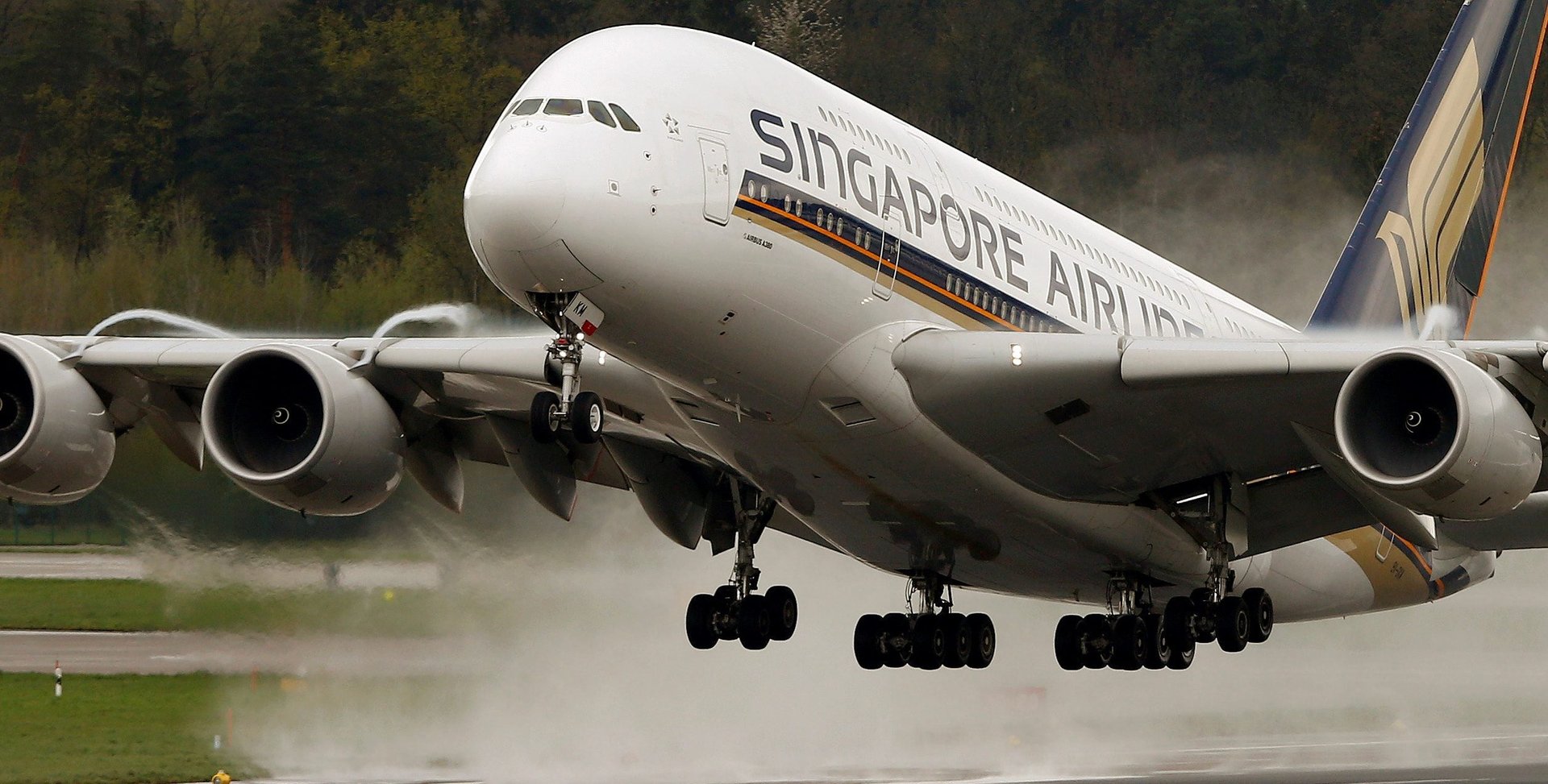Airlines are abandoning the world’s biggest passenger plane
Airlines are realizing bigger isn’t necessarily better when it comes to aircraft.


Airlines are realizing bigger isn’t necessarily better when it comes to aircraft.
This week, Singapore Airlines became the latest airline to cool on the jet, saying it won’t renew its lease next year on an Airbus A380, the world’s largest passenger plane. The airline has 19 A380s in its fleet.
Across the industry, demand has cooled for the double-decker wide-bodied jet, as carriers focus on planes that are smaller, cheaper to operate and easier to fill. The A380 can fit as many as 853 passengers, according to Airbus.
Malaysia Airlines is in talks to offload six of its A380s to other Asian carriers, the airline’s chief executive told Bloomberg News last week. Australian carrier Qantas said in August that it doesn’t have a need for eight A380s on order.
Airbus itself said in July that it would slash production of the A380, which goes for $432.6 million, according to the aircraft manufacturer. It delivered 27 of the planes last year and plans to make just 12 for 2018.
What’s remarkable about the cooling demand is that it’s occurring at a time of historically low fuel prices. High fuel costs make operating a four-engine superjumbo aircraft like the A380 extremely unattractive.
But with high competition and low fares, airlines don’t want the pressure of filling up such a massive plane that is still expensive to fly compared with other models.
So instead, airlines are downsizing. Revamps of single-aisle aircraft like Boeing’s 737 and Airbus’s A320 could allow carriers like JetBlue to use them for popular trans-Atlantic routes.
That may help the airlines’ bottom line, but it isn’t likely to make the ride more comfortable for passengers.